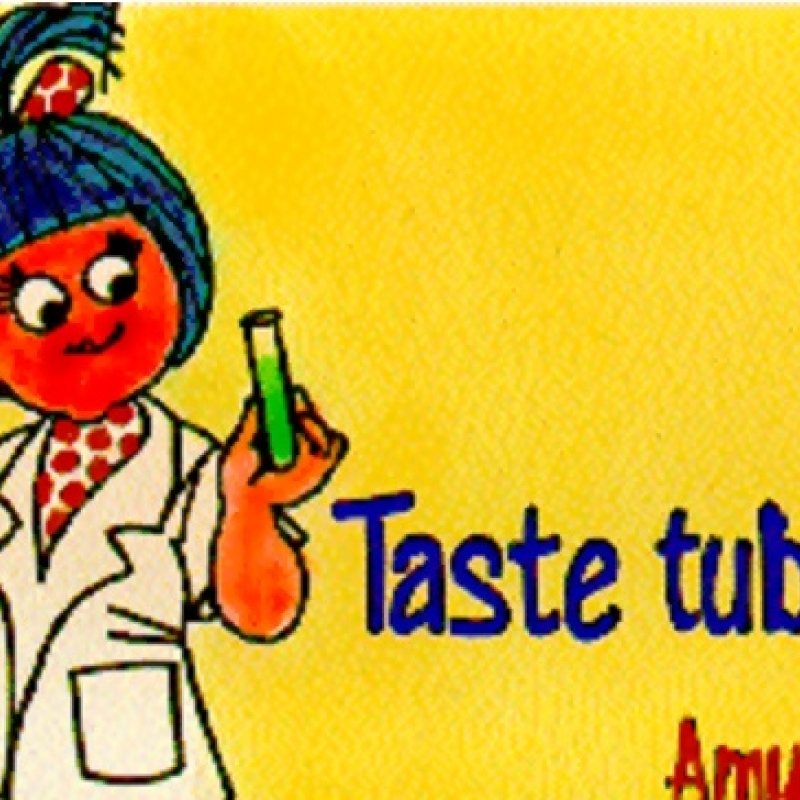The Indian advertising industry has had several iconic brand mascots such as the Amul Girl, Gattu and the Maharajah, among others. Here we look at some of India’s successful indigenous mascots who managed to embed themselves in our collective memory, becoming inextricable parts of India’s visual history. (Photo courtesy: Amul.com)
October 1966. Created by Eustace DaCunha, the Amul Girl first made an appearance. Blue-haired with a polka-dotted bow, kneeling in prayer, she was brought on to rival Polson Coffee and Butter’s blonde-haired, stripe-dressed girl. It was ‘Utterly Butterly Delicious’, and history was made. Next summer, she got her first billboard in Mumbai. Now, this mascot of Amul Butter is not only a national advertising icon but one of India’s best commentators. No event of note goes by without a smart comment from the Amul Girl, who continues to charm with her wit and humour.
But how does she manage this? And who are there others who have managed a similar feat?
Brand expert Harish Bijoor once said, ‘She is not opinionated, but an opinion leader for sure… Other brands that built endearing advertising woven around their brand icons are Air India (AI) with its Maharajah, Asian Paints with Gattu and Nerolac with Woody the Tiger. But Woody and Gattu are in the graveyard of icons, and the Maharajah has undergone changes, including bariatric surgery. The Amul Girl is the only one standing short and cute.’[1]
Also see | Graphic Novels in India: A Critical View of Artistic Styles
Human brains are wired visually. Studies show that visual content can generate about 94 per cent more views than text.[2] No wonder symbols, logos and mascots have come to play such an integral role in our world. They are employed by all—political parties and brands of butter alike. ‘People would identify the company by looking at the mascot—the monkey brand tooth powder, or the Murphy baby. Identification was image-led and the brands would trademark that image,’ said K.V. Sridhar, advertising veteran and founder of Hyper Collective, in an interview.[3]
The last century has seen the rise and fall of many marvellous Indian mascots that became the face of their brands. Maharajah (Air India), Gattu (Asian Paints), Woody the Tiger (Nerolac Paints), Tony the Tiger (Kellogg’s) and Fido Dido (Sprite) all took on a life beyond their respective brand names.
We look at seven such successful indigenous mascots—aside from our beloved Amul girl—who managed to embed themselves in our collective memory, becoming inextricable parts of India’s visual history.
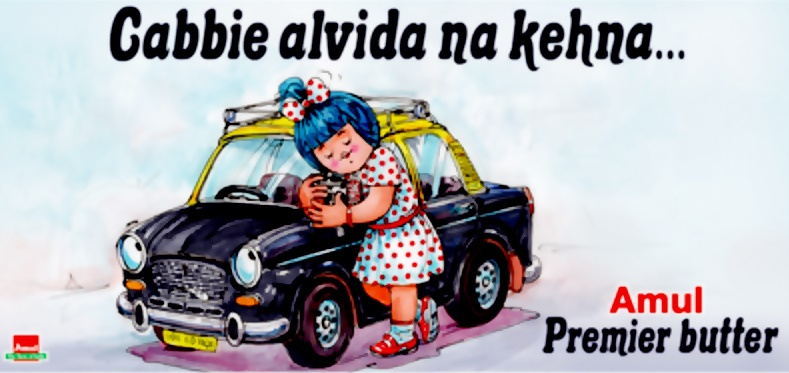
Amul Girl
The brainchild of Sylvester daCunha and Eustace Fernandes, the Amul Girl was created in 1966 in association with the punchline ‘Utterly Butterly Delicious’. The moppet has now thousands of ads to her credit and continues to capture the imagination of every Indian with her topical witty one-liners.[4] From ‘Howdy butter’ to ‘Jingping with joy’, she has added her two pennies to almost every issue that affects the nation, culturally or politically. ‘The cartoons pick the mood of the nation, and work because they are not malicious at all,’ said Jayen Mehta, senior general manager, Gujarat Co-operative Milk Marketing Federation Ltd in an interview.[5] As a testament to the brilliance of Amul’s advertising strategy—the campaign entered the Guinness Book of Records as the longest-running campaign in the world in the early 2000s.

The Lijjat Papad Rabbit
It is hard to forget television’s first muppet that left the country singing ‘Karram kurram’ for decades. The ad and its song—‘Chai coffee ke sang khaiye, karram kurram, mehmanon ko khush karjaye, kurram karram, Mazedar lazzatdar swaad swaad mein lazzat Lijjat papad (Eat it with tea and coffee, please the guests, Yummy and tasty in every bite, Lijjat papad)’—catapulted ventriloquist Ramdas Padhye, its creator in 1979, to advertising legend fame. The success story of the ad that still airs on television, mirrors that of Shri Mahila Griha Udyog Lijjat Papad, which grew from a small organisation of middle-class women to a full-fledged cooperative, involved in manufacturing several consumer goods.
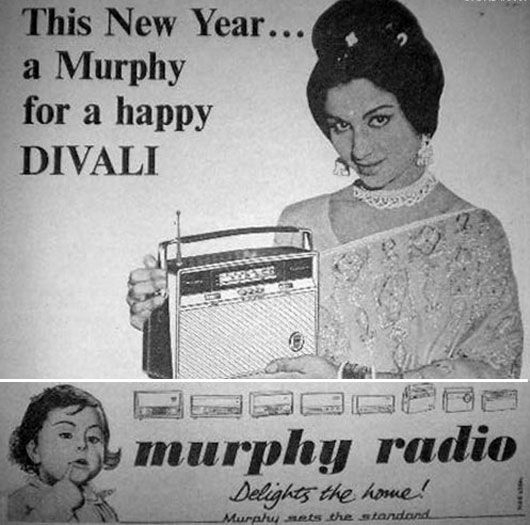
Murphy Baby, Murphy Radio
Back in the 1960s and 1970s, every wealthy home in India had a radio. Murphy Radio, perhaps the most famous radio at that time, came to India in 1948, bringing with it one of the most iconic mascots of the twentieth century—the bonny Murphy baby. So famous and beloved was this baby that calling a newborn ‘a murphy baby‘ became the biggest compliment at the time. In the 1970s and 1980s, the girl was replaced by a three-year-old boy from Manali. He was identified as Ram Teri Ganga Maili Ho Gayi actress Mandakini’s husband Kagyur Tulku Rinpoche in the 2000s. Not low on star power, the brand’s famous tagline, ‘Murphy ghar ghar ki rounak, tarah tarah ke Murphy radio, la deten hain ghar mein jaan (Murphy is the light of every house, different kinds of Murphy radios bring life to the house),’ was sung by none other than Mohammad Rafi. With the popularity of the TVs in the 1980s and 1990s, the Murphy Baby also saw a decline in popularity.
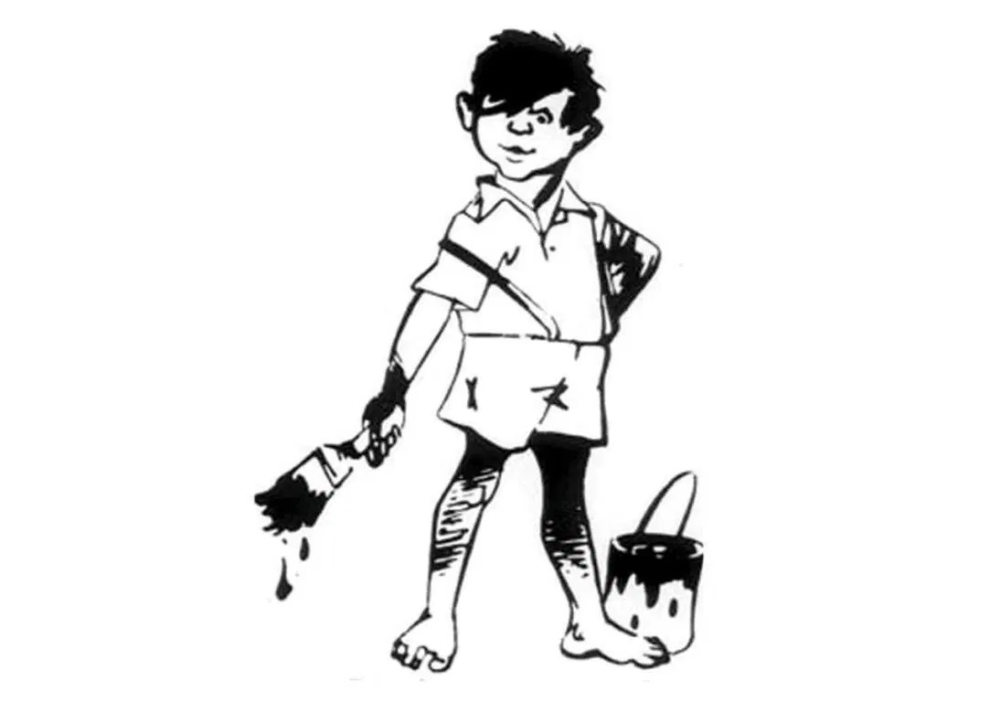
Gattu, Asian Paints
Ace cartoonist R.K. Laxman conceived the naughty Gattu in 1954, increasing sales almost tenfold. Initially, to come up with a name for the character, a contest, ‘Give Me a Name’, was held for the prize money of Rs 500. The winning entry, ‘Gattu’, was suggested by two people, a Mr Rele from Girgaum and a Mr Aras from Sion.[6] Till the 1970s, Gattu, accompanied by the famous tagline ‘Any surface that needs painting needs Asian Paints’, remained at the centre of the brand’s print campaign. By the 1990s, Gattu had become almost emblematic for Asian Paints. It was only in 2002 that advertising firm Oglivy managed to convince the company that Gattu had become old-fashioned and outdated, finally leading to his demise.
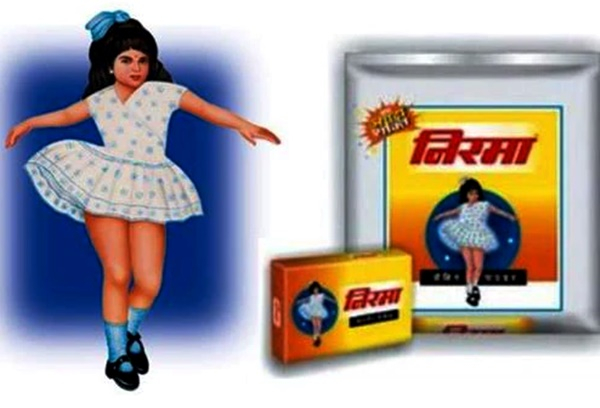
Nirma Girl
Born to rival HUL’s Surf in 1969, Nirma and its famous mascot, the Nirma girl, took almost 15 years to dethrone Surf as the top detergent brand. The picture of this girl twirling in a white dress is, inarguably, one of the most lasting images from the 1980s. ‘Doodh si safedi Nirma se aaye, Rangeen kapda bhi khil khil jaye (Nirma makes clothes white as milk, even colourful clothes start showing blooming colours)’ remained Nirma’s jingle for many years, etching its imprint on the minds of millions of Indians. Interestingly, Nirma was the name of company’s founder Karsanbhai’s daughter, who died in a car accident as a child. While the ads have been repositioned in the 2000s, the Nirma girl continues as its mascot.
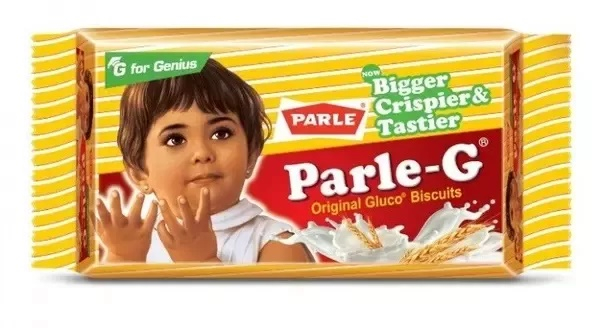
Parle-G Girl, Parle-G
Parle-G, previously Parle Glucose, is one of pre-independent India’s favourite tea-time snack. In the 1960s, Maganlal Daiya created the Parle-G girl who continues to feature on the packs till date. While nobody really knows who the girl on the packet is, there have been many rumours about the identity of the girl on the cover. None has been officially accepted.
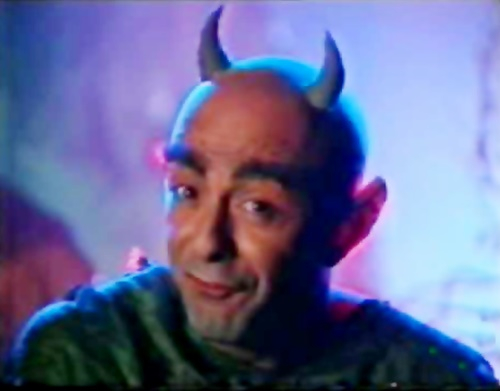
The Onida Devil
Onida came at a time when TV was a status symbol in India. While other brands talked about specifications, Onida positioned a negative character—the devil—as its mascot in the 1980s and 1990s, with the tag line, ‘Neighbour’s envy, owner’s pride’. Played by model coordinator David Whitbread, the ad drew both flak and praise, children were scared but it did what it needed to—create an indelible place for itself in the market. Such was the success of the character, that sometimes there wasn’t even a need to feature the word Onida or its logo on the ad spot. Over the years, many others went on to play the Devil, but none quite as adorably or mischievously as Whitbread. There was an attempt to retire him in 1999 after a decline in popularity, but he made a reappearance as a couple in 2009, but the edge was lost.
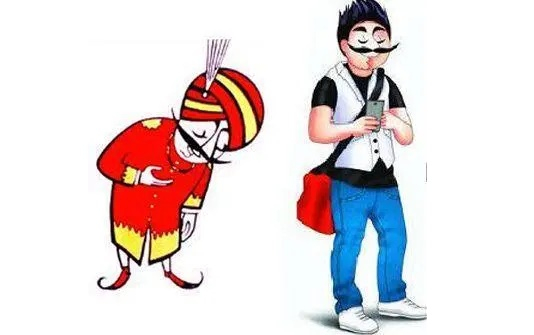
The Air India Maharajah
Dressed in royal garb, the moustachioed ‘Maharajah’ was created in 1946 by Bobby Kooka, the then Commercial Director of Air India, and Umesh Rao, an artist with J. Walter Thompson. Donning quirky avatars, the Maharajah was innovatively used by the airline to introduce new flights all over the world, even after it was nationalised. However, the Maharajah’s royal personage faced much criticism from late 1980s onward, when the skies became more accessible to the Indian populace. However, he was so popular that he had to be brought back, albeit in a modern and less-obviously-royal avatar.
The article was also published on The Statesman.
Notes
[1] Venkatesh, Shruti, ‘The Amul Girl: Why She’s Still Standing,’ Forbes India, May 19, 2017, accessed October 16, 2019, http://www.forbesindia.com/article/real-issue/the-amul-girl-why-shes-still-standing/47021/1.
[2] Birt, Nate, ‘How Visual Content Affects Your Brain (and Improves Sales!),’Visually, June 4, 2015, accessed October 16, 2019, https://visual.ly/blog/visual-content-can-improve-sales-stuffy-research-reveals/.
[3] Venkatesh, ‘The Amul Girl: Why She’s Still Standing.’
[4] Majumdar, Neera, ‘Mumbai horse racing & Amul girl as jockey – how an ‘utterly butterly’ idea kicked off,’ The Print, May 12, 2019, accessed October 16, 2019, https://theprint.in/economy/brandma/mumbai-horse-racing-amul-girl-as-jockey-how-an-utterly-butterly-idea-kicked-off/234367/.
[5] Ibid.
[6] Alikhan, Anvar, ‘The story behind RK Laxman’s ‘Gattu ke papa’ and Asian Paints,’ The Economic Times, January 27, 2015, accessed October 16, 2019, https://economictimes.indiatimes.com/blogs/et-commentary/the-story-behind-rk-laxmans-gattu-ke-papa-and-asian-paints/.
